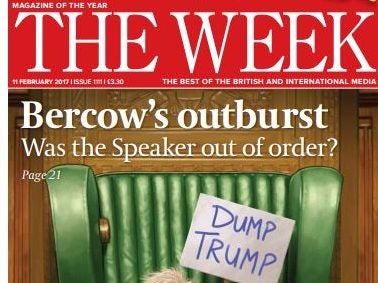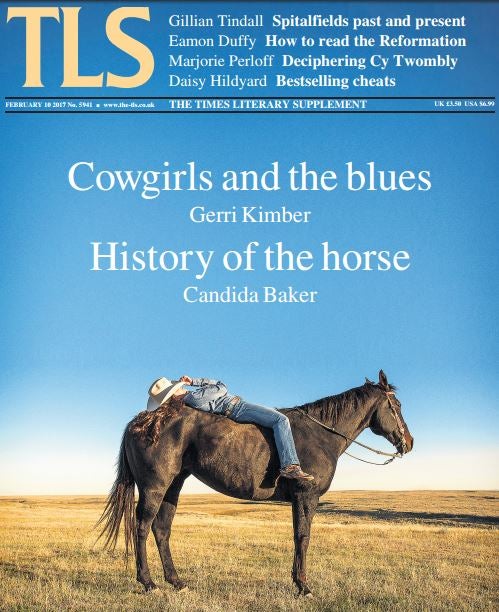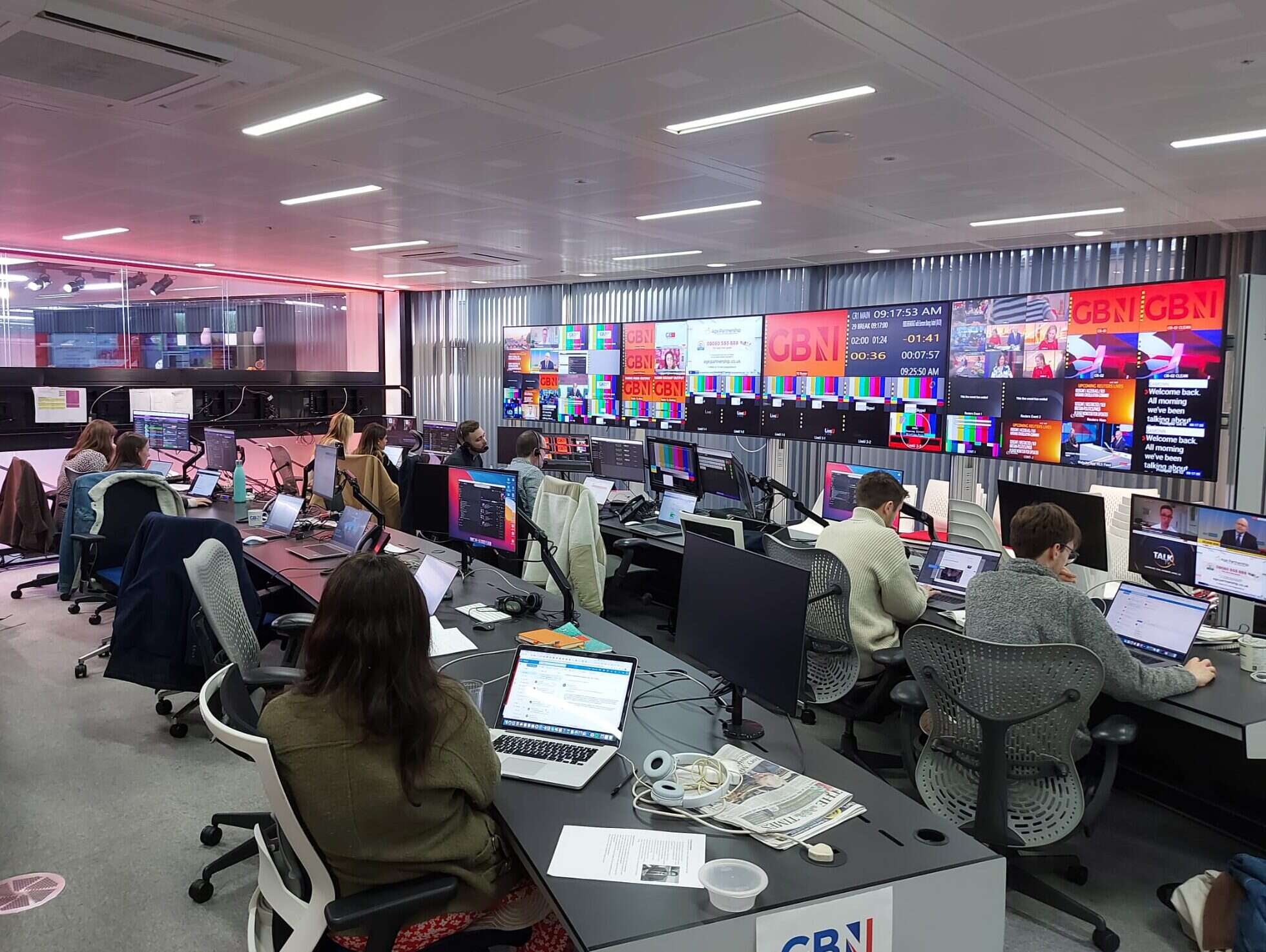
The latest ABC figures show that the decline of print journalism is far from inevitable with many titles experiencing strong growth.
For some titles, like The Economist and The Spectator, digital editions form a significant part of their sale now (albeit with a degree of double counting which flatters their overall totals – see below).
But for others, like Private Eye and The Big Issue, their sales success is still purely based on the old fashioned business of smearing ink on to bits of dead trees.
Despite the presence of ubiquitous free news online, current affairs remains one of the strongest magazine sectors.
Market leader Private Eye hit a new sales high of 250,204, up 9 per cent year on year. Editor Ian Hislop said there has been no increase in marketing spend, but there has been an investment in journalism and cartoons. People simply like the magazine and, at £1.80, it remains excellent value.
Hislop believes that Trump and Brexit have been good for business, which goes to show that every cloud…
Elsewhere The Economist‘s modest 0.1 per cent rise to 235,670 would be great were it not for the fact that it is phasing out free bulk copies. Digital edition sales now make up some 79,853 of the total reflecting the success it has had marketing digital subscriptions (and print/digital bundles).
Worldwide The Economist claims a combined print and digital circulation of 1,459,974.
By cutting out bulks and boosting digital subscriptions The Economist says it has doubled its circulation profitability in recent years, which is handy thing to do given the current dire advertising market. It has also used social media to drive subscriptions with 21m followers on Twitter, 9m Facebook likes and 2.7m followers on Linkedin.
Digital edition sales are driving most of the growth at The Spectator, up 15.2 per cent o 82,585. Like The Economist, it bundles the digital edition in with online access to the website. Some 22,034 of its 82,585 circulation is digital.
It is worth noting that because of a quirk in the ABC rules The Spectator and Economist numbers are flattered by the fact that some subscribers who have print and digital edition bundles are counted twice. Some 14,837 are counted twice for The Spectator (in both the print and digital circ totals) and 57,099 are counted twice by The Economist.
Newsstand growth has driven the New Statesman‘s 5.3 per cent circulation increase to 34,025.
The Week celebrated its 37th consecutive ABC increase, one per cent year on year to 206,251.
The Big Issue was another winner in this sector and has bounced back over the last two years under editor Paul McNamee after some years of circulation decline.
Uniquely, it is sold by homeless people rather than newsagents and grew its total by 5 per cent year on year to 82,294.
McNamee said: “We’ve focused on stories and voices that really tell an outsider story. Important voices that are rarely properly heard in main media. Hitting 25th anniversary lead me to look again at what The Big Issue was at launch, so we’ve gone back to early approaches of a certain stridency, a more agitating voice. And there is plenty of news around to get teeth into.
“Also, I think our covers really work hard and draw people in. There is wit and immediacy.”
Another sector performing well is the high-brow niche occupied by the London Review of Books and Times Literary Supplement.
The LRB has continued its long-term growth trend up 4.4 per cent year on year to 70,468.
The TLS grew faster, albeit from a lower base, to 32,166. It was boosted by the addition of 2,604 digital subscriptions and 1,400 extra bulks as well as paid-for growth for the print edition.

Editor Stig Abell said: “In an era of clickbait, fake news and championed anti-expertise, the TLS is proud to be part of a new counter-culture that values breadth and depth, great writing and long-form journalism.
“I strongly believe that more and more readers will turn to carefully-produced, challenging articles on a wide range of subjects, as something of an antidote to the prevailing madness that seems to surround us. The TLS is part of a growth industry of intelligent, subscription-based magazines.”
Slimming World grew 4.7 per cent year on year to 645,719 become the fourth best selling magazine in the UK. It is sold at a discounted price in Slimming World’s 16,000 weekly groups and has been growing for the last 11 years.
Garden Answers was the fastest growing magazine overall, up 41 per cent year on year to 27,957 sales a month.
Editor Liz Potter said: “Our success is down to three main things. First, we all have a very precise and clear idea of who our reader is and what they like. Second, we’re really hot on all the things that matter – inspirational pictures, informative captions, lively layouts and enthusiastic editorial tone. Third, we really love the subject and that helps to steer everything we do.”
Email pged@pressgazette.co.uk to point out mistakes, provide story tips or send in a letter for publication on our "Letters Page" blog






